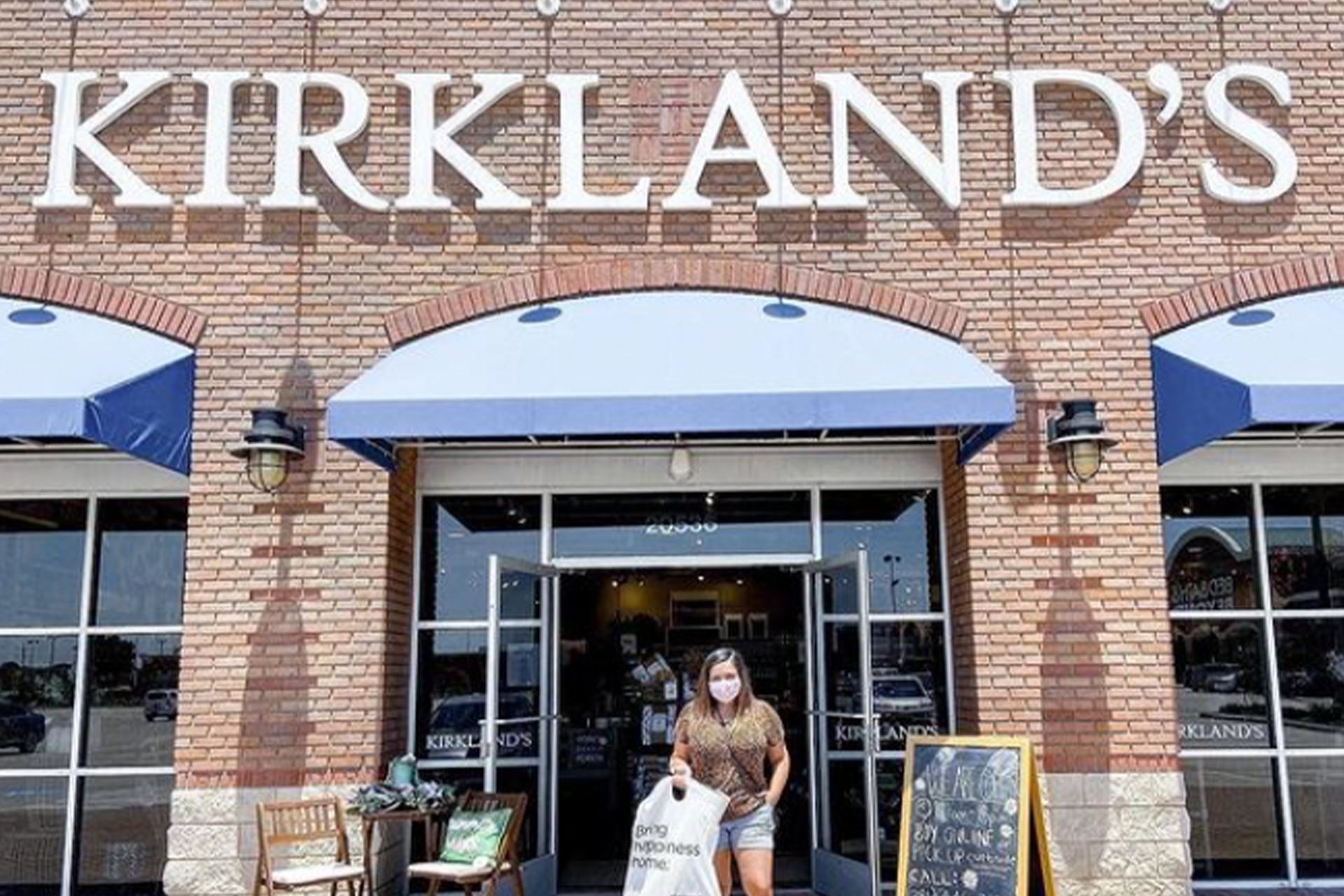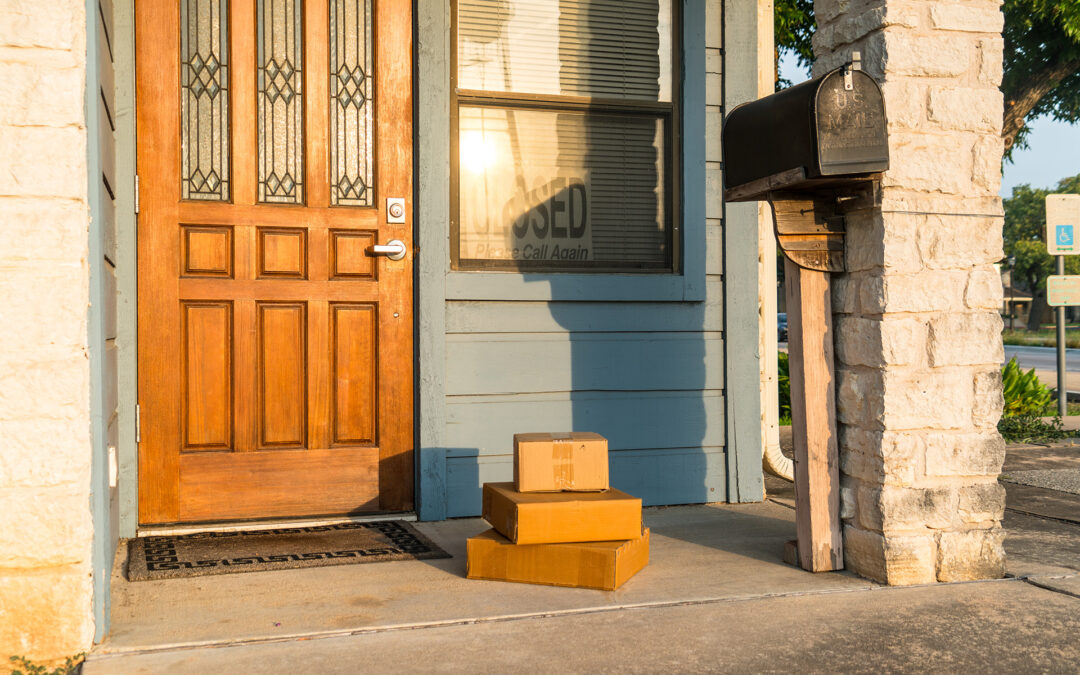Kirkland’s Home managed to cut its losses in the first quarter more than Wall Street expected, and, while overall comps slipped, physical stores posted a gain.
Net loss was $8.8 million, or 68 cents per diluted share, versus a net loss of $12.1 million, or 95 cents per diluted share, in the year-previous period.
A Yahoo Finance-published analyst estimate called for a loss of 92 cents per diluted share and revenues of $93.1 million.
Year-ove-year comparable sales in the quarter declined 3.5%, the company noted, inclusive of 2.8% growth in comparable brick-and-mortar store gains.
Net sales were $91.8 million versus $96.9 million in the year-prior quarter. Operating loss was $7.5 million versus $10.3 million in the year-earlier period while adjusted operating loss was $7.1 million versus $9.1 million.
Amy Sullivan, Kirkland’s Home CEO, said, “We are continuing to see progress on our strategic initiatives as demonstrated by our comparable sales growth of 2.8% in our brick-and-mortar stores for the first quarter. While this positive momentum was offset by continued pressure in our e-commerce business, we are encouraged by the early signs of traction driven by our marketing and merchandising repositioning strategies.”
Sullivan added, because of “the slower-than-anticipated start to the year and the continued headwinds associated with higher-ticket categories, particularly with our value conscious customer, we are taking swift actions to better align our cost structure to current demand trends and are taking steps to improve our e-commerce business while remaining laser-focused on driving long-term, profitable growth. As we look to the future, we remain confident that our strategic initiatives that include re-engaging our core customer, refocusing our product assortment and strengthening our omni-channel capabilities are key to driving sales growth. We believe these initiatives coupled with maintaining disciplined operational effectiveness and improvement in our liquidity position, should enable us to achieve $600 million in revenue and an adjusted EBITDA margin in line with our historical performance in the next five years.”





